Victorinox Cutlery 8-Inch Curved Breaking Knife, Black Fibrox Handle.
- An incredible decision for most butchering work, the breaking blade is utilized to separate huge quarters into littler meals and pieces.
- High carbon treated steel cutting edge gives most extreme sharpness and edge maintenance; conelike ground through length and profundity for a more extensive break point; ice tempered to maintain sharpness longer.
- Blade stamped from frosty moved steel; bolsterless edge for utilization of whole cutting edge and simplicity of sharpening.
- Patented Fibrox handles are finished, slip safe, and ergonomically intended for adjust and comfort; NSF approved
- Hand washing suggested; lifetime guarantee against producer abandons; expertly made in Switzerland
Victorinox Swiss Army Cutlery
Who is Victorinox?
In spite of the fact that Victorinox is referred to the world over as the maker of the Original Swiss Army Knife, the organization began in 1884 as a cutlery workshop. When organization maker Karl Elsener conveyed his first folding knife to the Swiss Army, his cutlery business was at that point blasting. Throughout the following century, Victorinox cutlery turned into a top of the line decision among experts around the world, with more than 300 sharp edges to offer.
Victorinox blades have routinely showed up as profoundly positioned and suggested kitchen apparatuses in Cook’s Illustrated, Men’s Health, The Cincinnati Enquirer, New York Magazine, and Natural Health, just to give some examples. In 2009, the organization declared an association with proficient gourmet expert, Daniel Humm, of Eleven Madison Park in New York City. Furthermore, expanding on the accomplishment of its cutlery business, Victorinox has brought all a similar quality and skill to a more extensive scope of items and frill, including other kitchen apparatuses, stash instruments, watches, gear, and apparel.
Who is R.H. Forschner?
Victorinox had been a staple in European business cutlery for more than 50 years when drawn nearer by New York’s R.H. Forschner, referred to since 1855 as a manufacturer of scales for butchers, to be their sole cutlery provider. The two organizations united in 1937, and R.H. Forschner along these lines turned out to be North America’s prevailing proficient brand, as pervasive in the clamoring meatpacking plants of the Midwest as it is in the sparkling, four-star eatery kitchens of Midtown Manhattan.
As a division of Victorinox/Swiss Army Brands, R.H. Forschner advertised cutlery under the brand name “RH Forschner by Victorinox” and disseminated to the business, sustenance administration, and retail exchange classes. That brand has been viewed as a best selection of experts worldwide with more than 300 styles of sharp edges bearing the R.H. Forschner name. Nonetheless, in 2009, in conjunction with Victorinox’s 125th commemoration, the organization, Victorinox Swiss Army, Inc., has chosen to evacuate the “RH Forschner” name from all cutting edges. Cutting edges thereupon just incorporate the “Victorinox” name.
What is a stamped blade?
A stamped blade can as a rule be distinguished by the nonappearance of a reinforce. Stamped edges are cut into their shapes from icy moved bits of steel and afterward ground, tempered, and honed. Making them requires numerous less strides than fashioning and results in lighter, smaller cutting edges. A few experts lean toward the thicker, heavier fashioned sharp edges, yet numerous professionals, who spend a lot of their day cutting and cutting, appreciate a lighter blade since it’s less exhausting and simpler to control at speed.
Stamped blades are less demanding to deliver and in this manner more affordable. They perform exceptionally well and can approach the nature of a fashioned sharp edge, yet not the weight or feel. Victorinox produces an entire scope of stamped sharp edges with one of a kind, protected Fibrox handles and they are considered among the best qualities in the blade business.
What blades do I have to own?
Blade decision or choice is controlled by numerous variables – measure, capacity, style, and inclination. The most essential factor is work. Distinctive blades have diverse employments. It is imperative to utilize the correct blade for a particular assignment, since appropriate blade choice and the utilization of a legitimate measured, sharp blade make for safe cutting. General kitchen errands and the blade to use for them are as per the following:
- Paring: The most widely recognized to possess and utilize, a paring blade is for the most part for little cutting employments and peeling of vegetables or organic product. The cutting edge measure is as a rule from three to four inches. Pick the shape and size to fit your hand. Since this is one of the more adaptable blades, owning more than one is recommended.
- Chef’s: The most vital device and basic to each cook, a culinary expert’s blade is frequently utilized as a part of a shaking technique to mince, dice, and slash vegetables and herbs. This one is known as the culinary expert’s best friend.
- Slicer: Most generally used to cut meats, poultry, and fish, the slicer is a critical sidekick to any host or hostess.
- Boning: As its name recommends, a boning blade is utilized to trim or expel meat and fish from the bone.
- Bread: Designed with an extraordinary edge, a bread cut makes simple work of slicing through dried up bread, baked goods, or any thing with an outside layer and a delicate interior.
- Fillet: Most regularly utilized by aces and prepared home culinary experts, the filet cut is utilized to filet meat and fish.
- Cleaver: An essential expansion to any accumulation, a knife is regularly used to slice or slash through bones.
- Santoku: This blade consolidates the highlights of a blade with a gourmet expert’s blade. The bended sharp edge enables the shaking to movement utilized for hacking, and the wide edge functions admirably to scoop cut sustenance off a cutting board and for squashing garlic. The santoku can likewise be utilized to cut meat and has a tight spine for making slender cuts.
- Utility: A universally handy blade frequently alluded to as a sandwich cut, the utility blade peels and cuts foods grown from the ground, and even cuts little meats.
- Shaping: With its bended cutting edge, a forming blade is extraordinary for little accuracy cuts where control is basic, for example, peeling, trimming, or garnishing.
What are the distinctive blade edges and what do they do?
- Straight: most by far of Victorinox blades accompany a straight or fine edge. This implies it has an ideal decrease along the sharp edge and no serrations. It is intended to cut without tearing or shredding.
- Serrated: An edge composed with little, spiked teeth along the edge.
- Scalloped: A cutting edge with waves along the edge by and large used to cut breads with a hard covering and delicate inside, and also harder cleaned products of the soil/li>
- Granton: This edge has emptied out furrows or dimples on the sides of the edge. These depressions load with the fat and squeezes of the item being cut, taking into account thin, even cuts without tearing. Indeed, even with the notches, these are still straight-edge cuts and can be sharpened with a honing steel.
How should I administer to my cutlery?
After utilize, blades ought not be permitted to absorb water. The best practice is to hand wash and dry them instantly. This is particularly valid in the event that they have been utilized on organic product or salty nourishments, which may cause some recoloring, even on tempered steel. Most blades require next to no upkeep and it is justified regardless of the push to secure your venture.
In spite of the fact that Victorinox blades are dishwasher safe, this is firmly demoralized. The dishwasher’s tumult may cause harm. Furthermore, unforgiving cleansers can be hurtful and cause setting and spotting on the sharp edges. The handles may likewise stain and build up a white film with consistent utilization of the dishwasher. Also, extraordinary warmth related with dishwashers isn’t useful for the temper of the cutting edge.
How do I keep my blades sharp?
Every quality blade require legitimate upkeep to keep them fit as a fiddle. The best of edges will rapidly dull in the event that it strikes metal, glass, or Formica. A wooden cutting board makes the best cutting surface. Also, if a slip happens, a legitimate cutting board is more secure for the client. Visit utilization of a Victorinox honing steel will keep cutting edges in tip top working condition. All straight-edge blades require steeling to keep their edges.
How to “Steel” a Knife
- Hold the steel immovably in your left hand with the watch situated to stop the edge should it slip.
- Hold the blade in your correct hand and place on top piece of steel as shown.
- Raise back of cutting edge one-eighth inch.
- Now, moving the cutting edge just, draw it over the steel in an angling bend, turned at your wrist. The edge tip should leave the steel around 66% of the way down.
- Repeat a similar activity with the Blade on the base side of the steel. Continuously keep up a similar weight and point on the two sides of the steel.
- Repeat five or six times.
How should I store my knives?
Security is the greatest worry of capacity, both to the client and to ensure the blade’s edge. Decisions incorporate a blade magnet, cut square, cabinet insets, and furthermore singular blade defenders.

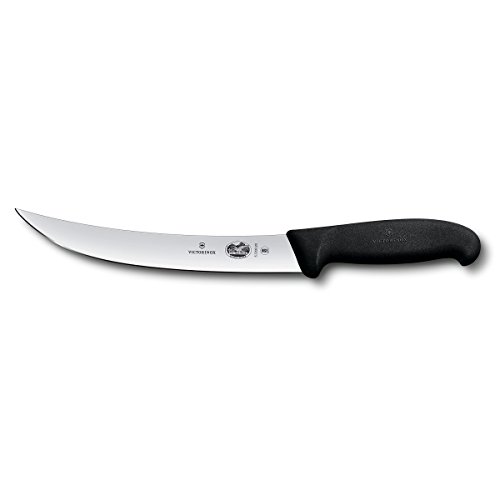
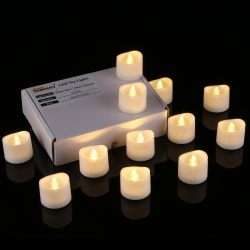
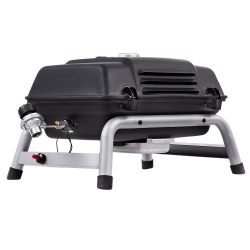
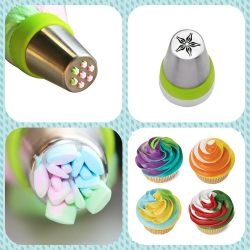

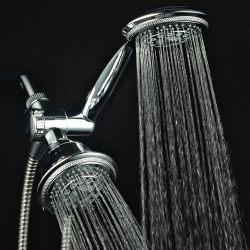
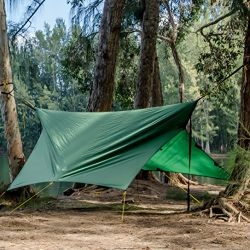
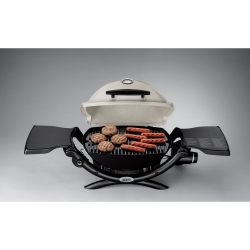
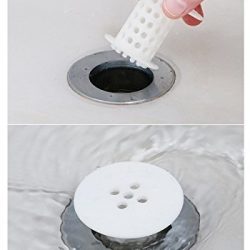

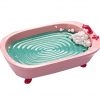
Reviews
There are no reviews yet.